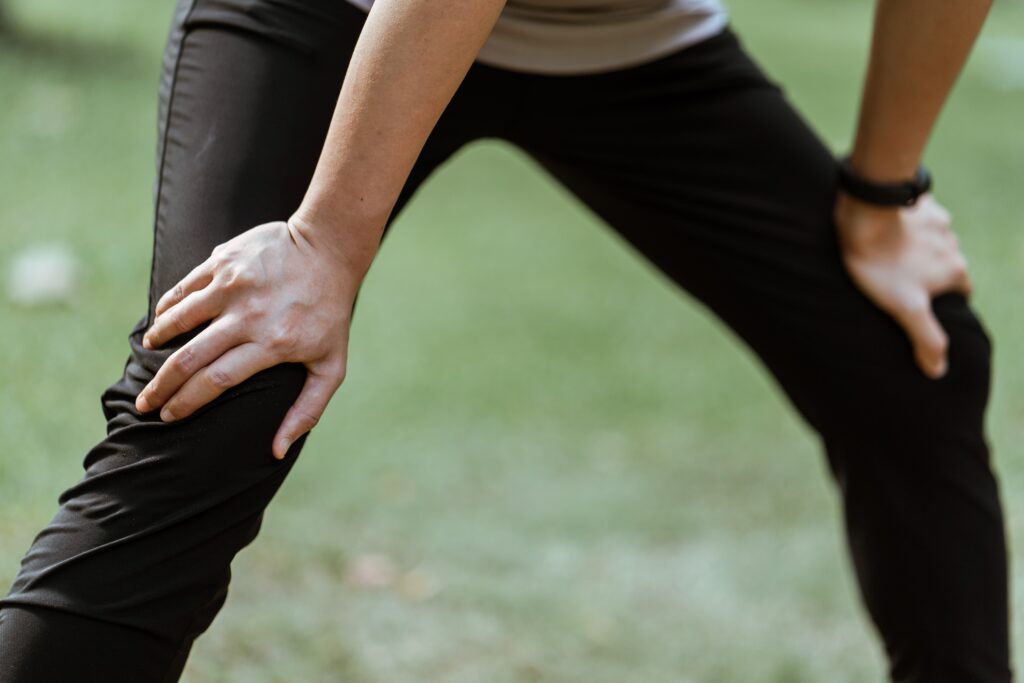Managing Incontinence with Women’s Health Physical Therapy
Incontinence is a common issue faced by many women, yet it remains a topic that is often kept under wraps. It can be an embarrassing and frustrating problem that affects one’s quality of life. However, the good news is that there are ways to manage incontinence and improve your bladder control through physical therapy specifically designed for women’s health.
Understanding Incontinence
Before we dive into how physical therapy can help with incontinence, let’s first understand what it is and why it happens. In simple terms, incontinence refers to the involuntary leakage of urine. It can happen at any age but is more commonly seen in older women due to changes in the pelvic floor muscles and tissues.
There are different types of incontinence, including stress incontinence, urge incontinence, and mixed incontinence. Stress incontinence is when urine leaks due to physical exertion or pressure on the bladder, such as coughing, sneezing, laughing, or exercising. On the other hand, urge incontinence is a sudden and uncontrollable urge to urinate followed by leakage. Mixed incontinence is a combination of both stress and urge incontinence.
The causes of incontinence can range from pregnancy and childbirth to menopause and pelvic organ prolapse. It can also be caused by chronic conditions such as diabetes or multiple sclerosis. Regardless of the cause, it’s essential to seek help and manage incontinence to avoid any negative impacts on your daily life.
How Women’s Health Physical Therapy Can Help
Women’s health physical therapy focuses on the pelvic floor muscles, which play a significant role in bladder control. These muscles support the bladder, uterus, and rectum and help with urinary and bowel function. When these muscles are weak or damaged, it can lead to incontinence.
A women’s health physical therapist will assess your pelvic floor through a variety of techniques such as internal exams, biofeedback, and muscle strength testing. Based on the findings, they will develop an individualized treatment plan to target the specific issues causing your incontinence.
Some common interventions used by women’s health physical therapists include pelvic floor exercises (also known as Kegels), bladder training, and lifestyle modifications. They may also use techniques such as electrical stimulation or vaginal weights to help strengthen the pelvic floor muscles.
Benefits of Women’s Health Physical Therapy
- Improved Bladder Control: By strengthening the pelvic floor muscles and improving bladder function, women’s health physical therapy can significantly reduce incontinence episodes.
- Avoids Surgery: In many cases, incontinence can be managed without surgery through proper physical therapy interventions.
- Better Quality of Life: Incontinence can have a significant impact on daily life, causing embarrassment and discomfort. With effective management from women’s health physical therapy, you can regain control and improve your overall quality of life.
- Prevention of Future Issues: By addressing the underlying causes of incontinence, women’s health physical therapy can prevent future issues and promote long-term bladder health.
- Customized Treatment: Every woman’s body is unique, and so is their experience with incontinence. A women’s health physical therapist will create a personalized treatment plan to address your specific needs and goals.
- Management of Other Conditions: Women’s health physical therapy can also help with other conditions such as pelvic organ prolapse, chronic pelvic pain, and sexual dysfunction.
- Empowerment: Incontinence can be a challenging issue to discuss, but working with a women’s health physical therapist can empower you to take control of your body and manage your symptoms effectively.
Tips for Managing Incontinence
- Practice Kegel Exercises: These exercises involve contracting and relaxing the muscles that support the bladder and can strengthen them over time.
- Monitor Fluid Intake: Drinking too much or too little water can worsen incontinence symptoms. It is recommended to follow a healthy, balanced fluid intake throughout the day.
- Avoid Trigger Foods: Certain foods and drinks, such as caffeine, alcohol, acidic fruits, and spicy foods, can irritate the bladder and contribute to incontinence episodes.
- Maintain a Healthy Weight: Excess weight can put additional pressure on the bladder and pelvic floor muscles, making incontinence worse.
- Use Absorbent Products: Disposable pads or underwear can provide protection against leaks while undergoing physical therapy and strengthening exercises.
- Keep a Bladder Diary: Tracking fluid intake, bathroom trips, and incontinence episodes can help identify patterns and triggers to better manage symptoms.
- Seek Emotional Support: Incontinence can be embarrassing and emotionally challenging, so it’s essential to have a support system of friends, family, or a therapist to talk to about your experience.
- Stay Active: Regular physical activity can improve overall health and strengthen pelvic floor muscles, leading to better bladder control.
- Be Patient: Managing incontinence takes time and patience. Don’t get discouraged if you don’t see immediate results; keep working with your women’s health physical therapist for long-term improvement.
Conclusion
Incontinence is a common issue that affects many women, but it doesn’t have to be something you live with forever. By working with a women’s health physical therapist and following these tips for managing incontinence, you can take control of your bladder and improve your quality of life. Remember to be patient and consistent with your exercises and lifestyle changes, and don’t hesitate to seek emotional support as needed. With dedication and perseverance, you can overcome incontinence and regain confidence in your daily activities. So don’t let this condition hold you back – start taking steps towards better bladder control today! So ladies, let’s take charge of our bodies and say goodbye to incontinence once and for all. Keep on being strong, both mentally and physically, and never be afraid to seek help when needed. Together, we can break the stigma surrounding incontinence and empower ourselves to live our best lives. So let’s start managing incontinence with women’s health physical therapy and take back control of our bodies! Remember, you’re not alone in this journey, and there is always support available for you. Stay determined, stay positive, and keep on strengthening those pelvic floor muscles – you got this!

